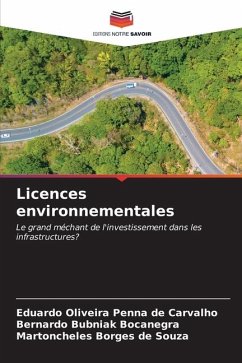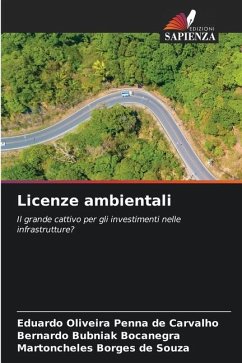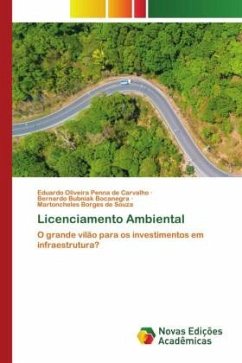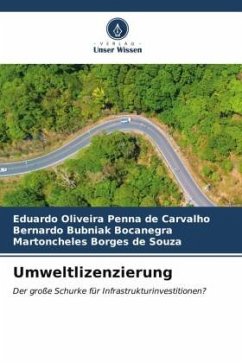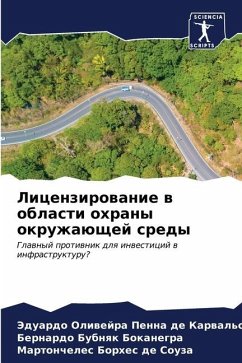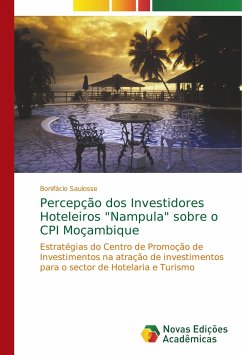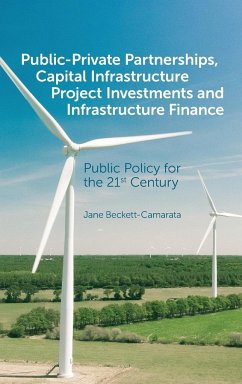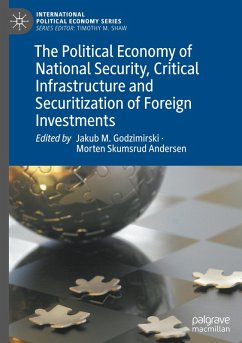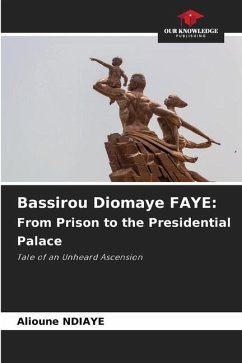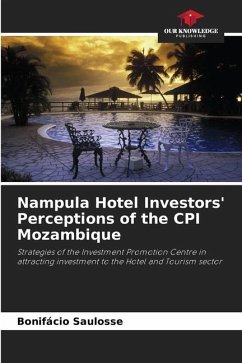
Environmental licensing
The big villain for infrastructure investment?
Versandkostenfrei!
Versandfertig in 6-10 Tagen
53,99 €
inkl. MwSt.

PAYBACK Punkte
27 °P sammeln!
If it is possible to reconcile economic development with environmental preservation, why do perceptions against this possibility stand out? The environment can, in certain circumstances, be associated with positive values, but it can easily go from the role of good guy to that of villain if it is seen as a factor with the potential to hinder certain investments. Just as easily as the importance of preserving the natural environment is recognized, environmental issues can be seen as major obstacles to investment and a barrier to development. This mismatch between perceptions of the possibility ...
If it is possible to reconcile economic development with environmental preservation, why do perceptions against this possibility stand out? The environment can, in certain circumstances, be associated with positive values, but it can easily go from the role of good guy to that of villain if it is seen as a factor with the potential to hinder certain investments. Just as easily as the importance of preserving the natural environment is recognized, environmental issues can be seen as major obstacles to investment and a barrier to development. This mismatch between perceptions of the possibility of reconciling development and environmental preservation is especially evident in Brazilian environmental licensing. The obstacles associated with infrastructure projects, for example, may be more related to weaknesses in management and planning than to any specific area, but even so, the process of villainizing environmental licensing is still present. Throughout the pages of this book, wewill try to examine whether this reputation as a villain is fair or whether there is a bit of fiction in this plot.



